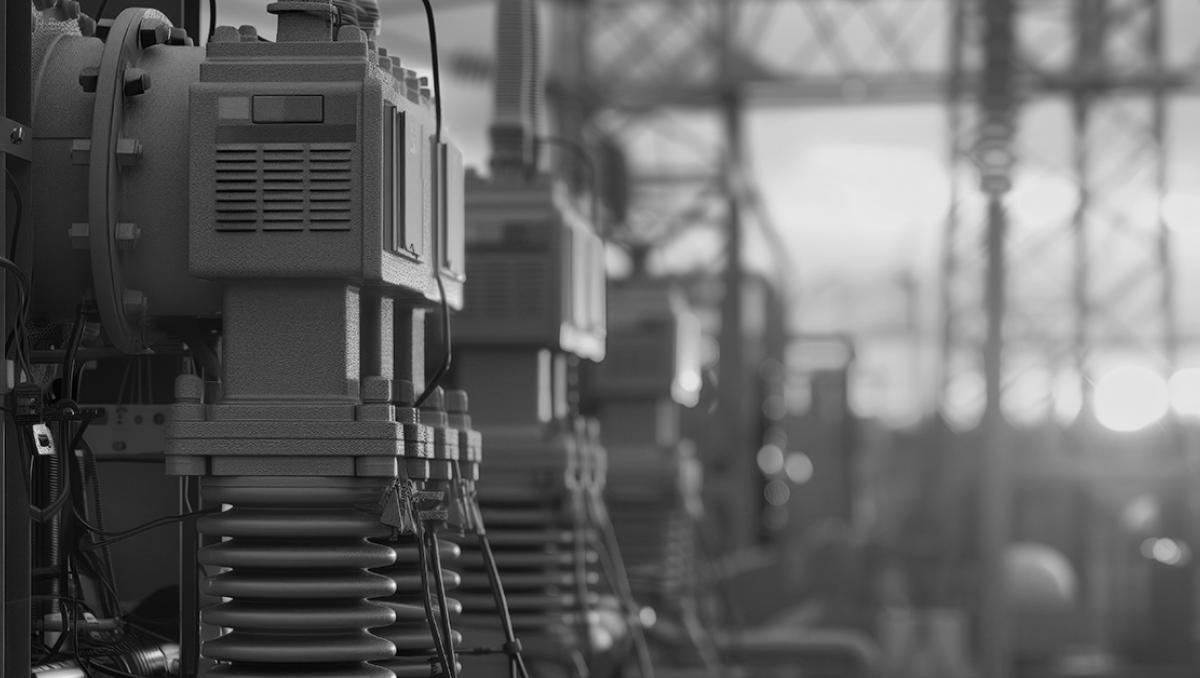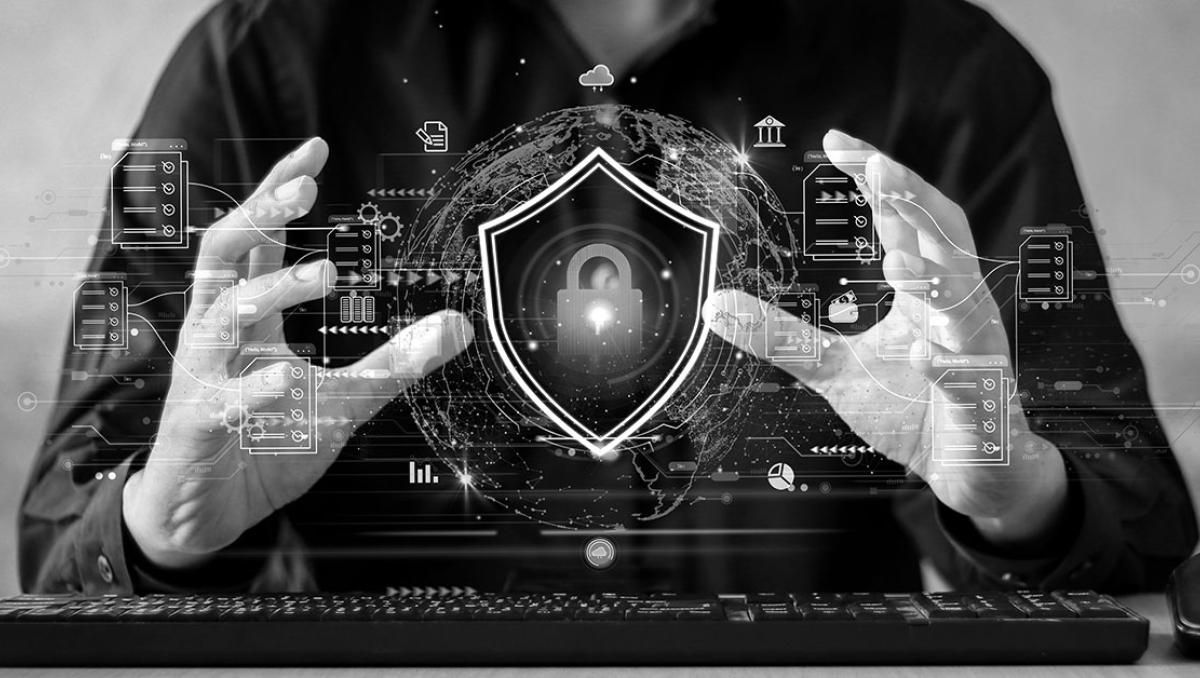
Artificial intelligence (AI) has emerged as a promising solution to modernize power grids. The technology, alongside other upgrades like Internet of Things (IoT) connectivity, could make energy infrastructure more reliable and sustainable. However, AI power grids also pose significant cybersecurity risks.
Attacks against critical infrastructure are becoming more common. As energy authorities ramp up their investments in AI, they should pay attention to these risks to enable a safer tech transformation.
The Current State of AI Power Grids
The use of AI in power grids is still a new concept. Despite that novelty, this technology is quickly reaching mainstream adoption within the sector.
There are at least 220 AI-based companies already operating in the global energy industry. Data analytics and asset optimization — which covers smart energy management solutions and predictive maintenance — account for most of these services. Other applications like customer service and cybersecurity are also seeing rising AI use.
AI adoption extends beyond organizations solely dedicated to the technology. A staggering 74% of all energy companies have implemented or are exploring AI to some degree. Even if most utility providers have yet to fully embrace this technology, most are at least curious about its potential. AI will reshape the industry as this trend continues.
How AI Improves Power Grids
The heightened interest in AI power grid investment is understandable, considering how this technology can improve energy operations. AI-powered smart transformers can respond to changes in real-time electrical usage to allocate power more efficiently. These savings translate into lower costs and reduced greenhouse gas emissions.
These real-time adjustments also make large-scale renewable energy a viable option. Solar and wind power are intermittent, and their peak generation times do not align with peak consumption in many cases, leading to waste and limiting their reliability. AI can account for these discrepancies by allocating unused power to storage and sending it back into the grid when demand rises.
AI also enables faster emergency responses. Machine learning algorithms can detect grid issues as they emerge and alert relevant stakeholders as soon as possible. As a result, utility companies can prevent blackouts and related problems more effectively.
Risks of AI Power Grids
While the benefits of AI power grids are hard to ignore, the risks are equally noteworthy. These AI models require extensive data, including people’s addresses, power usage — which can indicate when they’re home — and even financial information. Consequently, an attack against utility AI solutions could lead to substantial privacy breaches.
Attackers could also use data poisoning attacks to hinder AI tools’ efficacy or install backdoors to gain control over them. These attacks could cause widespread disruption and physical damage. Consider how the 2021 Colonial Pipeline attack took one of the nation’s largest oil pipelines offline for a week and stole 100 gigabytes of data. The Texas ERCOT blackout the same year led to more than 50 deaths.
Cybersecurity aside, rising AI adoption in this sector could open the door to devastating errors. Hallucinations or similar technical glitches could impact energy availability, leaving some businesses and homes without sufficient power.
How to Balance AI Risk and Reward in Power Grids
Given these risks, the power industry must embrace cybersecurity to balance AI’s dangers and benefits. Specific measures may vary between projects, but a few best practices are consistent across all AI power grids.
Data Anonymization
Power companies should consider the data they gather in model training and deployment. Ideally, they should only collect information relevant to their smart infrastructure’s operation, leaving out unnecessary identifiers. Several regulations also require the option to opt out of data collection and profiling.
In some cases, utility businesses may be unable to avoid collecting all identifiers. Anonymization techniques are an optimal solution in these circumstances.
Training AI models on synthetic data will ensure model accuracy while removing the risk of privacy breaches during development. De-identification methods like generalization and pseudonymization will remove Personally Identifiable Information (PII) from user information during implementation.
Secure Model Training
Energy organizations must also take a more secure approach to training power grid AI models. Restricting access to these algorithms and their training data will minimize the risk of insider breaches and data poisoning attacks.
The first step is to make training datasets accessible only to those involved in model development. These restrictions must accompany strong authentication measures like MFA to be effective. Thankfully, these measures should not be difficult for many businesses, as 53% of security professionals say they have already started to implement zero-trust frameworks in their organizations.
Power grid AI training datasets also need encryption when not in use to prevent breaches. Continuous monitoring to detect intrusions is likewise necessary. Similarly, organizations should regularly test AI models and audit training data to catch poisoning attempts and correct errors.
Real-Time Monitoring
Once utility providers deploy AI models, they must monitor their smart grid infrastructure to detect and contain breaches. While AI introduces its own risks, it can be useful in this area.
Intrusion detection algorithms enable continuous monitoring that power companies would be unable to support otherwise. Utilities can also implement AI through user behavior analytics to catch breached insider accounts. These technologies will shorten response times and improve detection accuracy.
As helpful as automated monitoring technologies are, grids also need more proactive measures. The FBI reported 1,193 ransomware incidents against critical infrastructure in 2023 alone, so grids need as comprehensive security as possible. Communications encryption, network segmentation to keep IoT devices separate, backups, and strong authentication measures are all necessary.
Regulation
AI power grid solutions will also require government regulation as they become more common. Legislation will likely arise as attacks against the sector become more prominent, but the industry should encourage faster action.
Utility companies can call for increased government action and lobby for more responsible industry standards to encourage legislation. In the meantime, businesses can adopt voluntary security certifications to inspire future laws and raise the sector’s standards.
Laws and regulations around grid cybersecurity are already rising in some areas. The EU established a formal risk assessment process for the European energy industry. In light of these changes, utility providers must stay updated on regulatory moves to remain compliant.
The AI Power Grid Is Both Promising and Dangerous
AI has the power to disrupt energy infrastructure for good and bad. Which side it ends up fueling the most depends on how organizations in the industry respond to this technology.
Energy companies and their security partners must recognize AI power grids’ risks to capitalize on the benefits safely. Recognizing these dangers is the first step to more thoughtful implementation. When the industry can do that, it can remain secure while enabling AI-driven efficiency and reliability improvements.
Editor’s Note: The opinions expressed in this guest author article are solely those of the contributor and do not necessarily reflect those of Tripwire.



